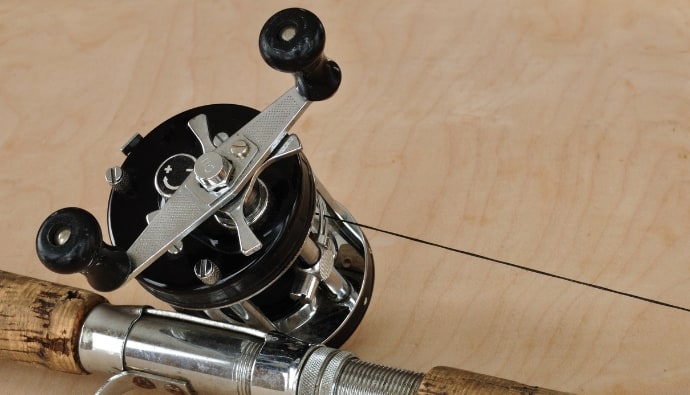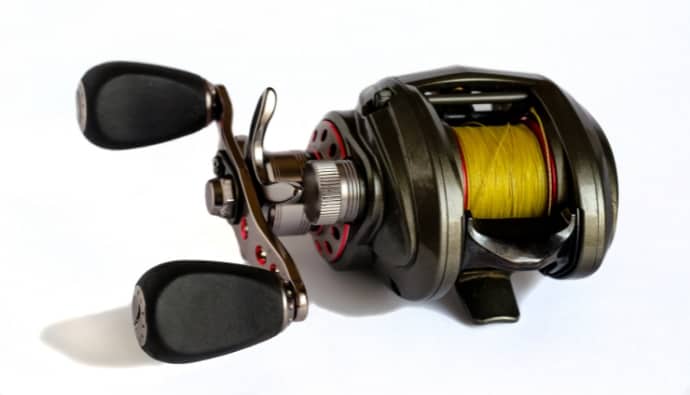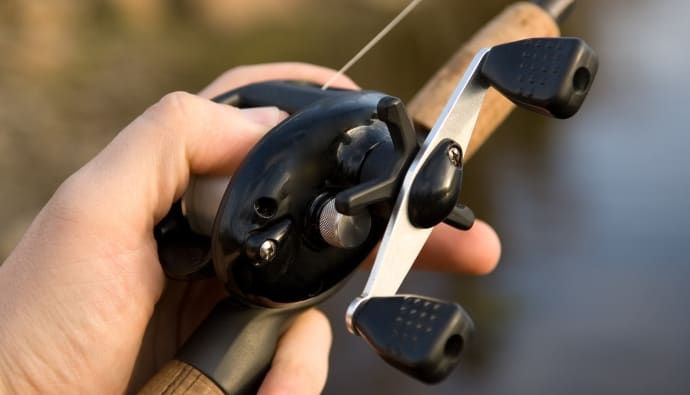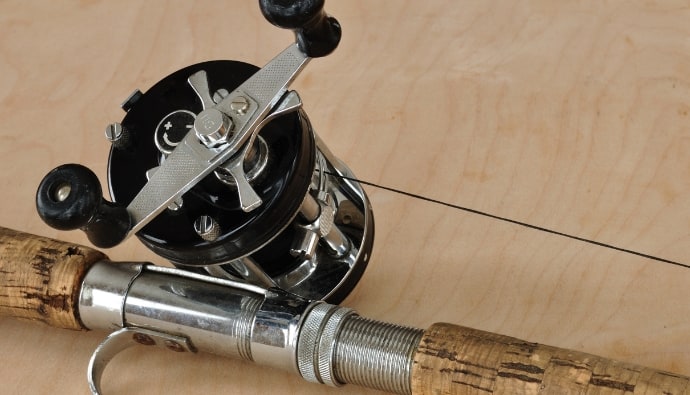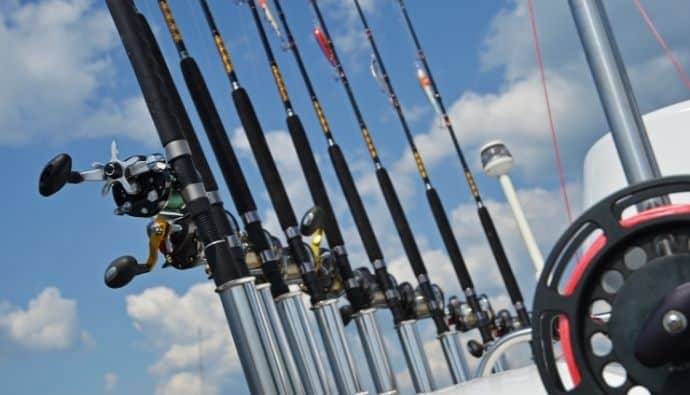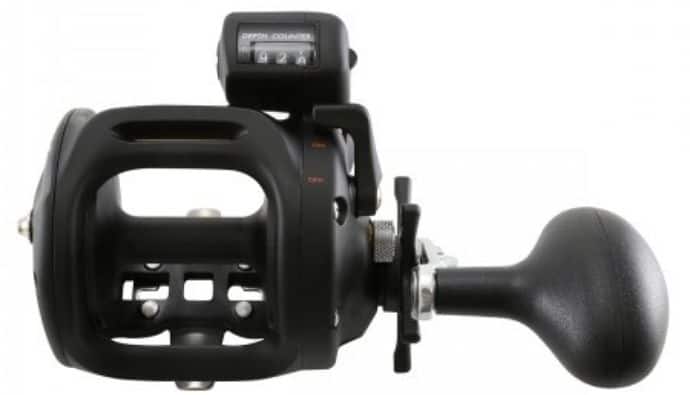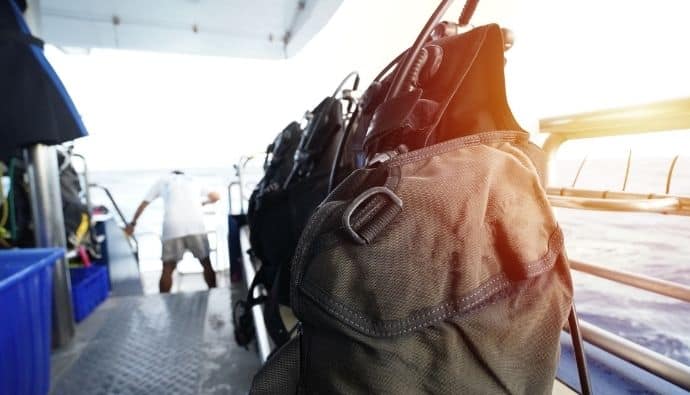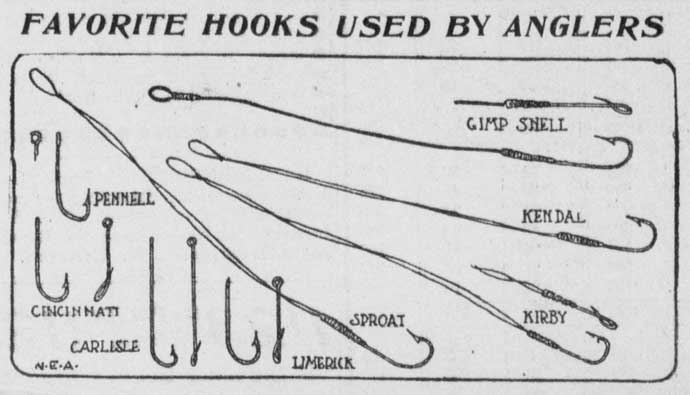The most popular fishing reels include spincast, spinning, and baitcasting reels. Spincast reels are beginner friendly and also cheap. They have a button that allows you to use a fixed spool. Press the button, swing it, and then release so your line can swig where your fishing rod tip is. Next are the spinning reels, these are the most common reels that complement lightweight setups. These open-face fishing reels are more versatile compared to other reels and are easy to use. They also feature an anti-reverse switch that allows you to back-reel easily. Lastly, the baitcasting reels are among the modern reels that are pretty hard to learn but perfect when you master how to use them. The most popular types of baitcasting reels include low-profile and full-size baitcasting reels; these reels are more compact and come with heavy drag systems that can hold heavier species. Other types of fishing reels include fly fishing reels and conventional reels.
There are numerous fishing reels in the market, and choosing one that meets your needs is essential. Here is everything you need to know about multiple types of reels and how to cast them.
Spincast Reels
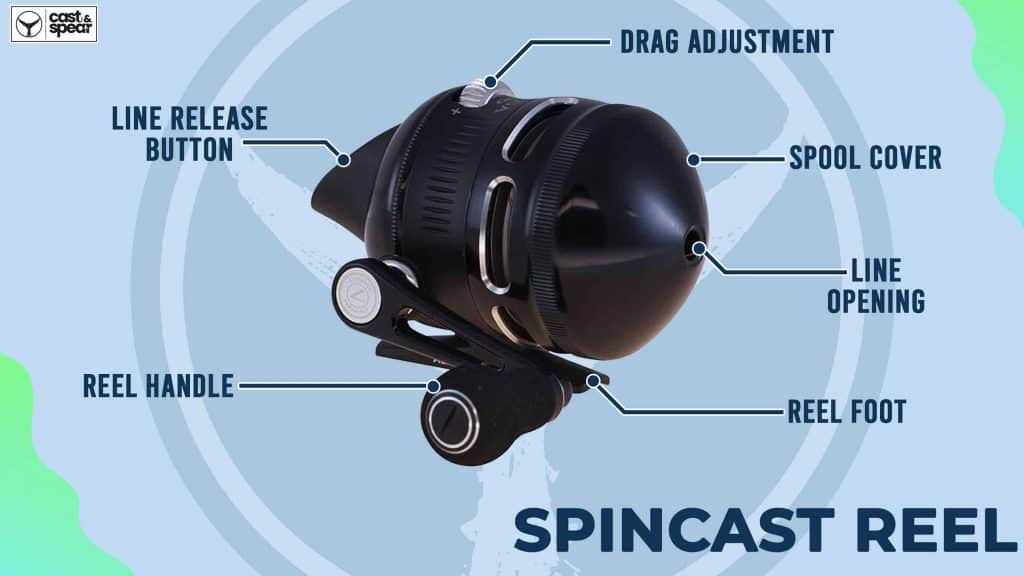
Spincast reels are known as the simplest type to use. Learning spincast fishing will have you reeling in the best catch of the day.
Key Points
- A spincast reel is easy to use, beginner-friendly
- A spincast reel is budget-friendly
- A spincast reel includes a button that allows its user to use fixed spool or free-spool
- A spincast reel is a closed face or open face reel
Casting
Casting spincast reels can be really easy. Just press the spool button, swing, then release. After you release the button on your spincast reel, your line will swing to where you’re pointing your fishing rod tip at.
Once you’re ready to stop, press the button again.
Before going spincast fishing, make sure you’ve equipped yourself with the best spincast reels and the best fishing line for spincast reels.
Spinning Reels
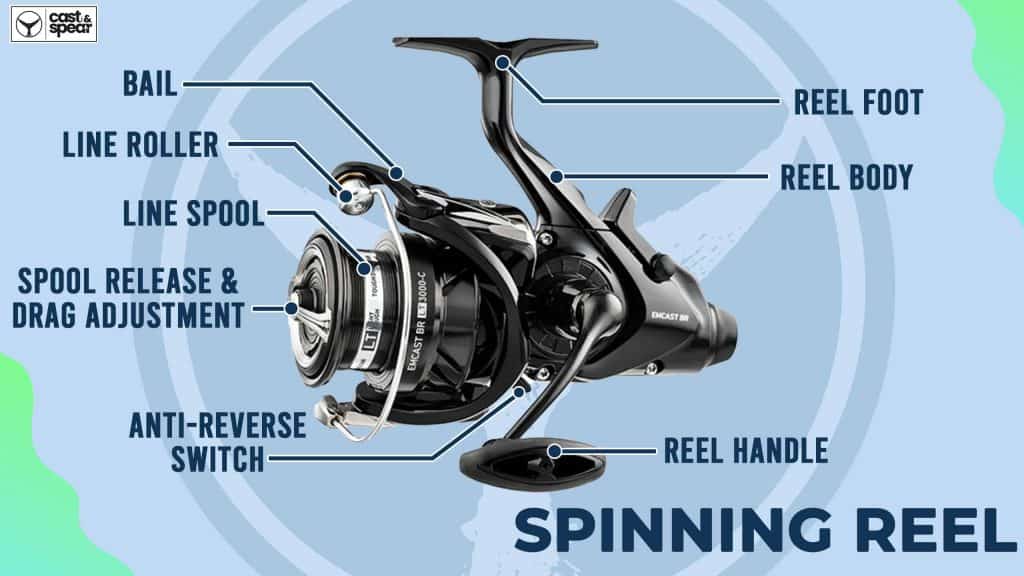
The most common type of fishing item you can find is spinning reels. Both experienced anglers and beginners use spinning reels and swear by them. Find out why.
Key Points
- A spinning reel complements lightweight setups
- A spinning reel is an open-face fishing reel
- A spinning reel includes an anti-reverse switch that allows you to back-reel
Casting
Spinning reels offer more versatility than spin casting reels. Reel spinning is also easy. Many anglers and beginners can adapt to it quickly.
Always use your free hand to flip the spinning reel bail upwards and then throw it forward in a throwing motion. The key to this is to release the line with your index fingers when your arm is 45 degrees. You may also close the bail manually on a spinning reel.
Depending on where you’re going to use your PENN spinning reel, it’s easy to find the best spinning reels for surf fishing or the best spinning reels for bass fishing online.
Baitcasting Reels

Baitcasting reels (or casting reels) is one of the advanced reel types. Professional anglers and experts often use it since it has a lot of moving parts.
It can be hard to learn how to use a baitcasting reel, but it will definitely up your fishing level.
Key Points
- There are two styles of baitcasting reels: Low-profile baitcast reel (for bass fishing, heavy cover) and Full-size baitcast reel (for offshore fishing, deep saltwater fishing)
- Low-profile: Smaller pool, more compact
- Full-size: Heavy drag systems can hold a heavy pound test line
Casting
The baitcasting reel is designed for trolling larger fish. Therefore, casting reels are heavy-duty. Another thing to keep in mind when learning how to cast a baitcaster is the different types of lures requirement.
Such different settings for a baitcast reel’s braking system and tension will matter. That’s why anglers need to adjust settings every time they change them.
Conventional/Trolling Reels

Trolling or Conventional reels are great for a wide variety of techniques and are available in various sizes. Anglers can use this type offshore, inshore, and for freshwater fishing.
Key Points
- Utilizes a straightforward design that works great for deep sea-dwelling and large fish
- Features a large reel that can hold a high line capacity for the big game fish
- Lower gear ratios, slow crank but excellent torque
- Small reel types are great for catching small fish
Casting
When using a conventional reel, the angler should put the reel in free spooling prior to casting or dropping the bait down. Use your thumb to add pressure to keep it from dropping, then use your other thumb to slow it down.
Fly Fishing Reels
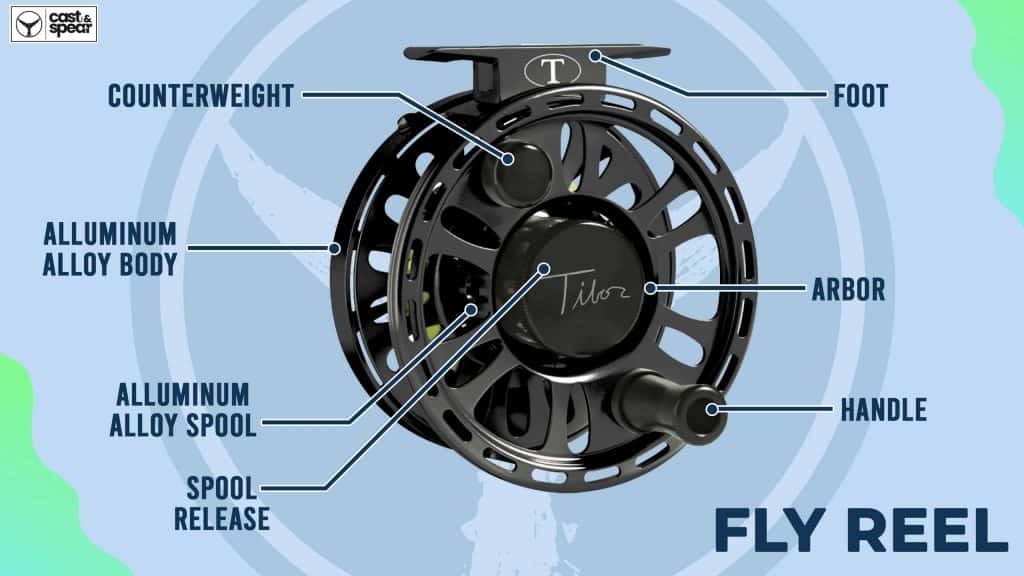
This is used to troll using a lightweight artificial fly lure. It can be tricky to use this reel, but it works best if you know how to utilize them properly.
Key Points
- Best used with a weightless lure
- Great for brook trout, salmon, and saltwater fly fishing (check out our list of the best saltwater fly fishing reels)
- Made to cast a thick line effectively
Casting
To use a fly reel with an almost weightless lure effectively, you should utilize the weight of the fishing line. Fly reels are designed to be thick and sturdy like a slender rope.
Reel Specialties
Surf Fishing Reels
Surf fishing reels are just a variation of the two types used for surf fishing. The surf casting reel or saltwater casting reel is either a spinning reel or a baitcaster designed for long-distance.
Key Points
- Can be made of graphite, designed for tough conditions
- Comes in anodized aluminum as well
- Large round spool for a long line
Casting
The disc drag on the reel should be tight enough, wherein the reel should not spin. You should set lines at various distances so that you can find where most of the fishes are.
Offshore Reels
The Offshore or Saltwater reels are these extra-large spinning reels designed for heavy applications.
Key Points
- High-capacity spools
- Low gear ratios
- Some have two sets of gears for fast retrieval or a lower ratio
Casting
Put your thumb onto the spool as soon as your bait hits the water. This will prevent a line twist from occurring.
Read Also: Best Fishing Line Spoolers
Which Type of Fishing Reel is Best for You?
The options may appear unending when it comes to buying reels. It can be overwhelming. Choosing the best reel will depend on where and what you want to catch.
Anglers have a different styles of fishing, so the reel you should get should be based on your style and rod. Your reel should match your rod. You can’t catch a big fish when you have flimsy fly rods with a great reel.
Conclusion
Once you know the fishing reel you want, practice out and see if it really works for you. It’s essential to learn how to utilize each type of reel since these have their own distinct features.
Hoped this article helped you out in choosing the best type of reel for you. Check out our recent posts to learn more about the type of fishing rod and reel that works best.







 Facebook
Facebook YouTube
YouTube